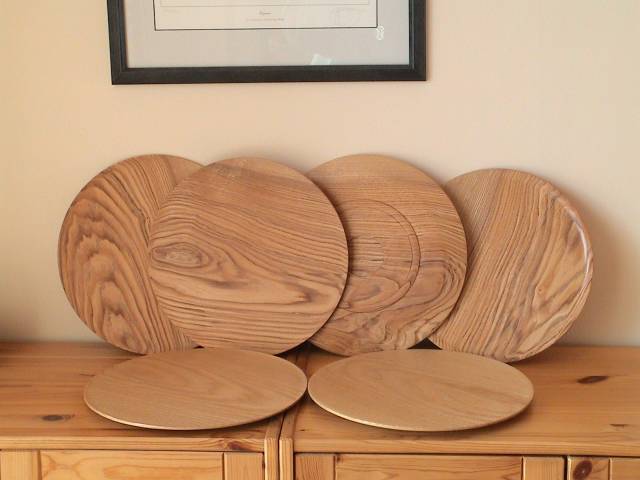graduate_owner
Established Member
Hi everyone,
Some opinions please. I've just been given 3 logs of ash which apparently blew down after suffering from die back disease. It's been cut up into about 15" lengths and is about 15" diameter.
Firstly, is ash a nice wood to turn - is there anything special to know about it?
Secondly, is it too late after being cut and left for 2 weeks, is it likely to split or is it still good for turning? I shall apply candle wax to the ends tomorrow anyway, but it would be useful to know.
Any help would be greatly appreciated.
K
Some opinions please. I've just been given 3 logs of ash which apparently blew down after suffering from die back disease. It's been cut up into about 15" lengths and is about 15" diameter.
Firstly, is ash a nice wood to turn - is there anything special to know about it?
Secondly, is it too late after being cut and left for 2 weeks, is it likely to split or is it still good for turning? I shall apply candle wax to the ends tomorrow anyway, but it would be useful to know.
Any help would be greatly appreciated.
K






































